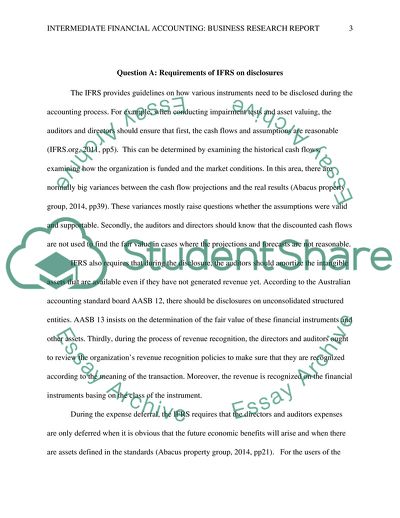Cite this document
(Intermediate Financial Accounting Case Study Example | Topics and Well Written Essays - 2000 words, n.d.)
Intermediate Financial Accounting Case Study Example | Topics and Well Written Essays - 2000 words. https://studentshare.org/finance-accounting/1853796-intermediate-financial-accounting
Intermediate Financial Accounting Case Study Example | Topics and Well Written Essays - 2000 words. https://studentshare.org/finance-accounting/1853796-intermediate-financial-accounting
(Intermediate Financial Accounting Case Study Example | Topics and Well Written Essays - 2000 Words)
Intermediate Financial Accounting Case Study Example | Topics and Well Written Essays - 2000 Words. https://studentshare.org/finance-accounting/1853796-intermediate-financial-accounting.
Intermediate Financial Accounting Case Study Example | Topics and Well Written Essays - 2000 Words. https://studentshare.org/finance-accounting/1853796-intermediate-financial-accounting.
“Intermediate Financial Accounting Case Study Example | Topics and Well Written Essays - 2000 Words”. https://studentshare.org/finance-accounting/1853796-intermediate-financial-accounting.


